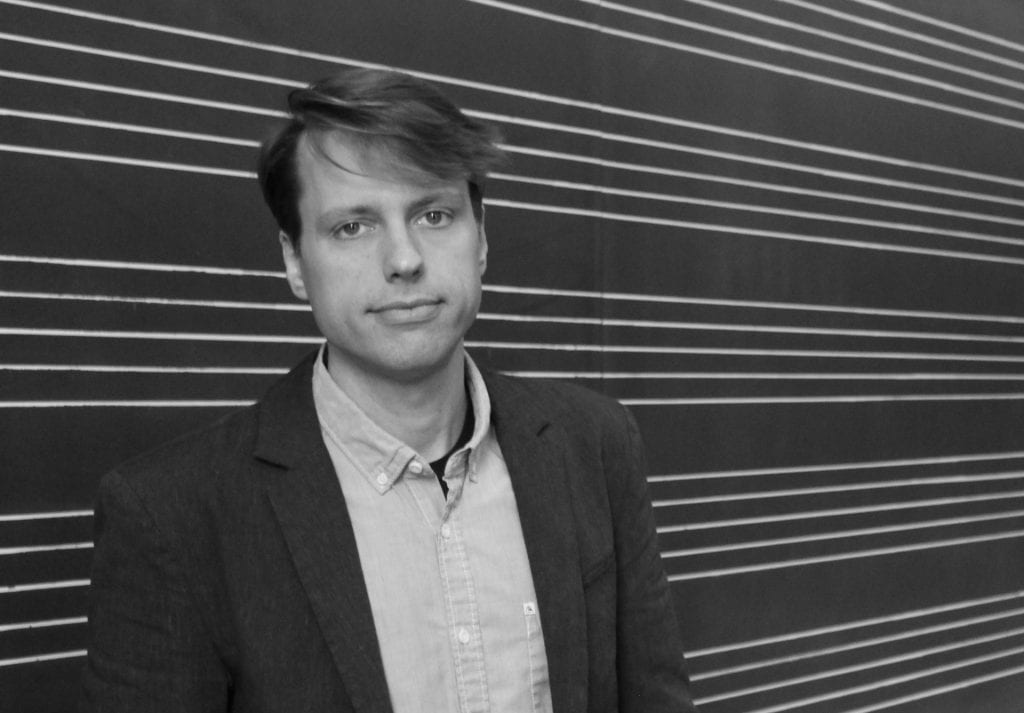
Landon Morrison is a music theorist who studies the role of technological mediation in 20th- and 21st-century sonic practices, focusing on electroacoustic sound, timbre, microtonal systems, and popular music culture. More broadly, his research aims to draw music and media studies into an interdisciplinary dialogue that tracks the transductive flow of sounds across diverse media environments. His recent and forthcoming publications exhibit a broad engagement with interdisciplinary approaches to contemporary music research and he has given regular presentations at international conferences, including the annual meetings for the Society of Music Theory, American Musicological Society, Electroacoustic Music Studies Network, and the Society for Cinema and Media Studies.
Morrison’s published research includes an episode for the inaugural season of SMT-Pod: The Society for Music Theory Podcast (2022), which focuses on how the idea of timbre is constructed in assisted orchestration software and what this means for a politics of machines listening; a chapter in the Oxford Handbook of Time in Music (2021) outlining a general history of rhythm quantization in digital music production; an article in Music Theory Online (2021) that presents lost sonic artifacts and archival sketches for early computer-based music by Finnish composer Kaija Saariaho; a pair of articles in Circuit: musiques contemporaine, which offer detailed analyses of works by Austrian composer Georg Friedrich Haas (2019) and Canadian composer Zosha Di Castri (2018); and an article on transmedial aesthetics in music by Panayiotis Kokoras in Nuove Musiche (2018). Looking ahead, he has an article titled “Hearing Timbre at the Crossroads” that will soon be published in the ethnic studies journal Kalfou as part of a printed symposium on Nina Sun Eidsheim’s book The Race of Sound.
At Harvard, Morrison teaches core courses in the undergraduate theory sequence and graduate seminars on timbre, instruments, popular music analysis, and sound/media studies. Before arriving at Harvard, he taught as a course lecturer at McGill University, where he also completed a Ph.D. in Music Theory under the co-supervision of Robert Hasegawa and Jonathan Sterne. His dissertation examined the articulation of post-spectral aesthetics to psychoacoustics and technological development at the Institut de recherche et coordination acoustique/musique (IRCAM) in Paris, France.